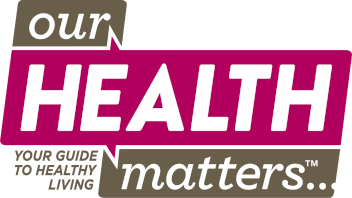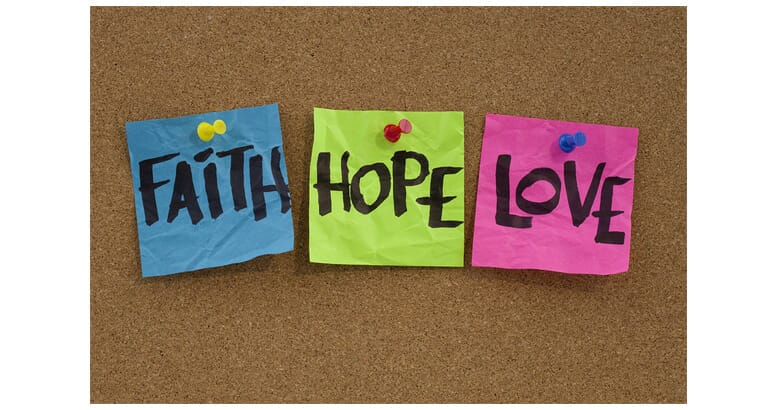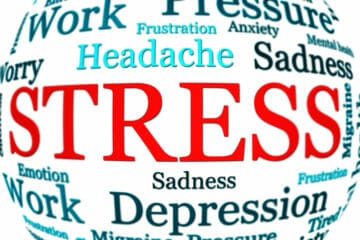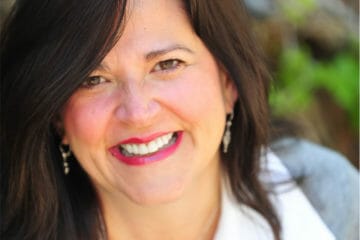From Cancer Survivor to Advocate
By Jeanene Dunn, OHM Staff
Stephanie Barr was first diagnosed with breast cancer at age 30. She had no reason to believe that the hard spot she found in her breast while in the shower would be cancer.
Within days of finding the lump, she visited her doctor, who sent her for a mammogram and a sonogram. Her diagnosis was confirmed with biopsy results. She had breast cancer.
She had a tumor the size of a lemon and multiple areas of cancerous cells throughout her breast tissue. It was like a tumor had exploded in her breast. Her breast would have to be removed.
She immediately started rounds of chemotherapy. She chose to remove her other breast as well and opted for reconstructive surgery. After the first round of chemotherapy, they found traces of cancer in the lymph nodes of her left armpit and removed 30 lymph nodes from her arm. She continued chemotherapy, had her implants placed, and started 36 weeks of radiation, one right after another.
“I lost all my hair and my bones just ached. I had no energy, I was always nauseous and had chemo rashes all over my body. It was rough, but it was saving my life and you have to power through.”
Along with the support and care from her boyfriend, one of the programs that helped her through treatment was the Look Good Feel Better program offered by the American Cancer Society. This program addresses the appearance side effects of chemotherapy and radiation treatments by teaching patients hands-on beauty techniques.
She also found that the birth of her nephew, which coincided with the start of her radiation treatments, helped keep her mind off the turbulent time she was experiencing. His birth gave her a bright spot to focus on.

After treatment, volunteering helped Stephanie cope with the fear of reoccurrence. She became a peer-to-peer mentor with the American Cancer Society program, Reach to Recovery, to other women going a through a breast cancer diagnosis. She also became involved in multiple American Cancer Society Relay For Life events and has started attending the annual American Cancer Society Cancer Action Network Day at the Capitol event, which gives her the opportunity to talk to legislators about the importance of funding women’s health programs.
“I didn’t have health coverage when I was diagnosed, but I qualified for Medicaid, and it saved my life. The quality of treatment I received would not have been possible without it. To this day I would have been severely in debt with all of the out-of-pocket expenses associated with a cancer diagnosis.”





